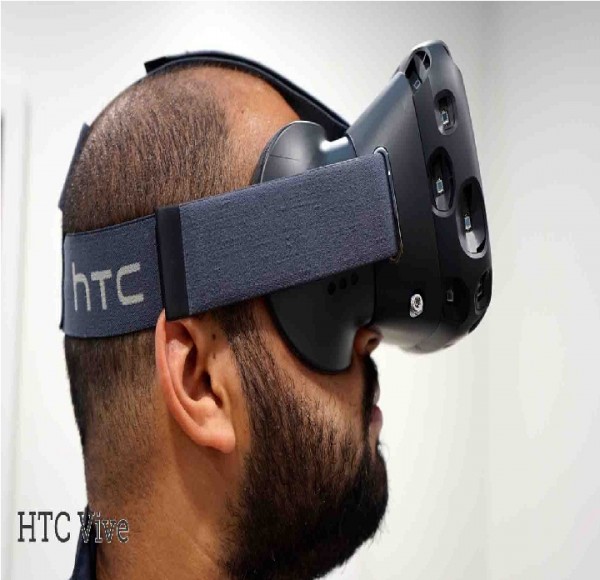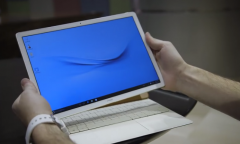By Lynn Palec, | March 04, 2016

Taiwanese electronics company HTC unveiled the HTC Vive Pre at the 2016 Consumer Electronics Show and the virtual reality headset is currently available to interested developers.
The HTC Vive is one of the three top-tiered virtual reality devices that will hit the market this year along with the Oculus Rift and the PlayStation VR. The HTC Vive costs $800 and requires a very power desktop PC in order for it to fully render immersive virtual reality environments. Despite the expensive price tag and requirements of the HTC Vive, HTC claims that it was able to sell more than 15,000 units in just 10 minutes after it opened for pre-order.
Like Us on Facebook
Some tech analysts are still skeptical whether the HTC Vive can deliver what it is promising. The virtual reality platform is still in its infancy and experts will agree that although the platform has a lot of promising applications, it is still too early to tell whether it will be the next big thing.
One of the reasons why most people bought the HTC Vive is the promise of immersive virtual reality experience. Despite the massive cost of the device, consumers are willing to shell out money just to be able to get a glimpse of the virtual reality experience.
Some market analysts said that the main driver why virtual reality devices are selling like hotcakes is curiosity. Virtual reality is an entirely new platform and consumers are excited to get their hands into it.
While there are other more affordable alternatives to the HTC Vive, they are not as immersive or powerful as what HTC promises. So far the biggest rival of the HTC Vive is the Oculus Rift which costs $599. Oculus, a Facebook-owned company, has yet to reveal the sales figure of the Rift which was released in January.
Aside from the $800 price tag, the HTC Vive also requires a powerful PC which will most likely cost around $1,000. For a desktop computer to be able to handle the high-end graphical demands of the HTC Vive, it must have at least an Intel Core i5-4590 processor or better. It also needs at least 4GB of RAM, a compatible HDMI 1.3 video output and one USB 2.0 port. As for the graphics card, the Vive needs at least an Nvidia GeForce GTX 970 or Radeon R9 290, according to Digital Trends.
According to Venture Beat, now that there is a stable number of virtual reality hardware in the market, it is time for software developers to start creating contents. Some analysts believe that exclusive virtual reality content will have a crucial role in determining the future of a virtual reality device.
-
Use of Coronavirus Pandemic Drones Raises Privacy Concerns: Drones Spread Fear, Local Officials Say

-
Coronavirus Hampers The Delivery Of Lockheed Martin F-35 Stealth Fighters For 2020

-
Instagram Speeds Up Plans to Add Account Memorialization Feature Due to COVID-19 Deaths

-
NASA: Perseverance Plans to Bring 'Mars Rock' to Earth in 2031

-
600 Dead And 3,000 In The Hospital as Iranians Believed Drinking High-Concentrations of Alcohol Can Cure The Coronavirus

-
600 Dead And 3,000 In The Hospital as Iranians Believed Drinking High-Concentrations of Alcohol Can Cure The Coronavirus

-
COVID-19: Doctors, Nurses Use Virtual Reality to Learn New Skills in Treating Coronavirus Patients











